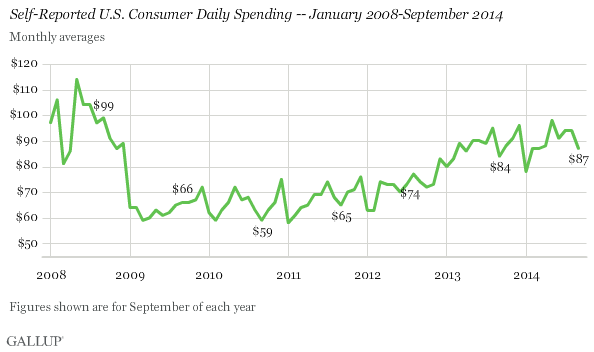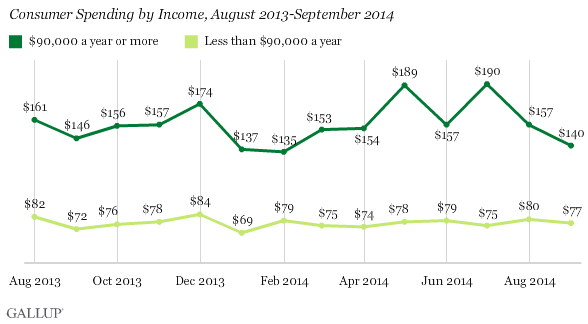By Amos B Robinson, Robinson Analytics
October 26, 2014
We have slightly more than a week to go before the Senate midterm elections. What will the outcome be? Will the Democrats retain their control of the Senate or will the GOP take over. We will look at this from the perspective of voter-intention polls, probability models and prediction models.
If you listen to the major networks, it is not clear as to what the outcome will be. However, when we start to examine the polls, probability models and the prediction models, you get some sense of where we are headed and what the likely outcome will be.
Voter-Intention Polls
When we aggregate all of the polls together for all of the Senate races up for election, RealClearPolitics no tossups maps points to a 51 Republican and 49 Democratic makeup of the 2015 U.S. Senate. So as of October 26, 2014, the vote-intention surveys are pointing to a Republican majority in the Senate.
By October 26, 2012 in the U.S. presidential race, Mitt Romney was up +.9 percent. With the polls closing before the voting with President Obama up +.9 percent. Obama won up +3.9 percent of the vote. This shows that with just a week or so before the elections, an aggregation of the polls is not enough to predict the outcome. When elections are close it is not enough to gauge an expected outcome even within a week or so of the election when the voting intentions are so close. In other words, we have a number of Senate races that are within the margin of error of the polling.
So when we look at voter-intention surveys alone, we cannot draw a definitive conclusion as to who will ultimately control the Senate chamber.
Probability Models
These models are actually better, with some being better than others, at gauging where we stand from a probability perspective about the outcome of the election. Of the seven probability models that are produced for this midterm Senate election, six of these models give the GOP a 61% to 87% chance of winning control. The outlier probability model is at 50%.
In looking at the probability model for the 2012 presidential race on October 23, 2012, President Obama had a 68 percent chance of winning.
These probability models do not guarantee the Republicans will win control of the Senate, but all of them but one of the seven signal the GOP as the favorite to win control or majority.
Prediction Models
The prediction market is a place where individuals can make bets on who will win the 2014 U.S. Senate by a 51 to 49 margin. The prediction markets can incorporate a lot of additional information that are not in polls or probability models. So it is another model that we can look at to give us an estimate as to what the final outcome of the election might be.
As of October 24, 2014, the prediction market gives the Republicans an 86% chance of winning 51 Senate seats. This is up from 69% two weeks ago. So this prediction market is trending in the GOP’s direction for control of the Senate.
When you look at the prediction market for the 2012 presidential election on October 24, 2012, they were giving Obama a 63% chance of winning the election.
Conclusion
So we cannot say definitely that Republicans will win control of the Senate in 2014. But we can definitely draw the conclusion that this is the most likely outcome. Due to the fact that all three types of models are pointing in this direction.



